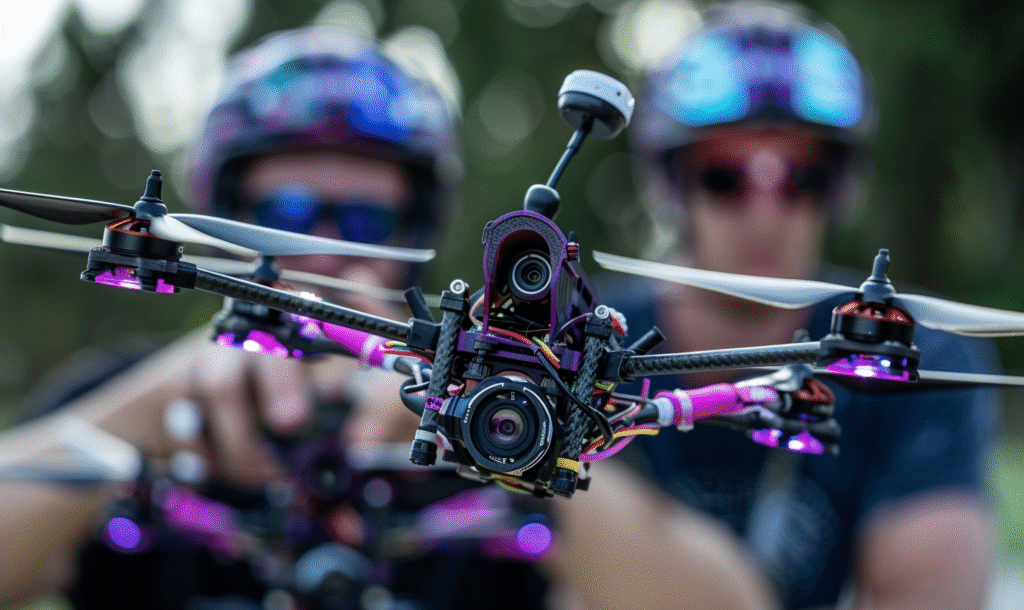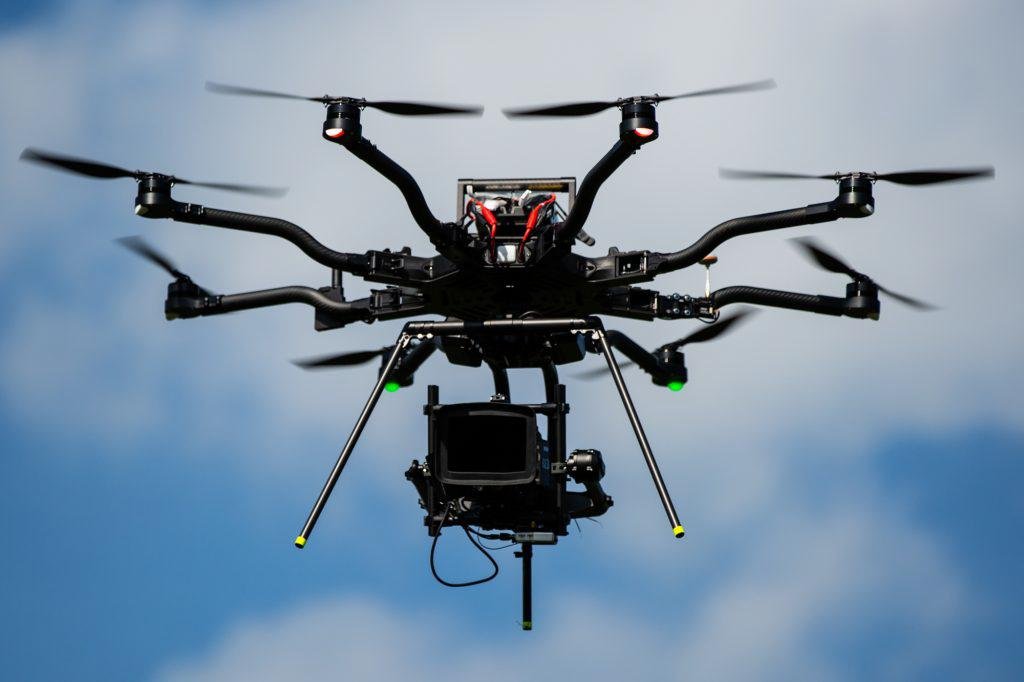Drone racing is an exciting, fast-growing sport that brings people together—whether they’re seasoned pilots, curious kids, or tech-loving families. Hosting a community drone racing event is a great way to promote STEM education, support local talent, and build awareness for drone safety and training.
Here’s a step-by-step guide to planning a fun, safe, and successful drone racing event in your town.
1. Set Clear Goals for the Event
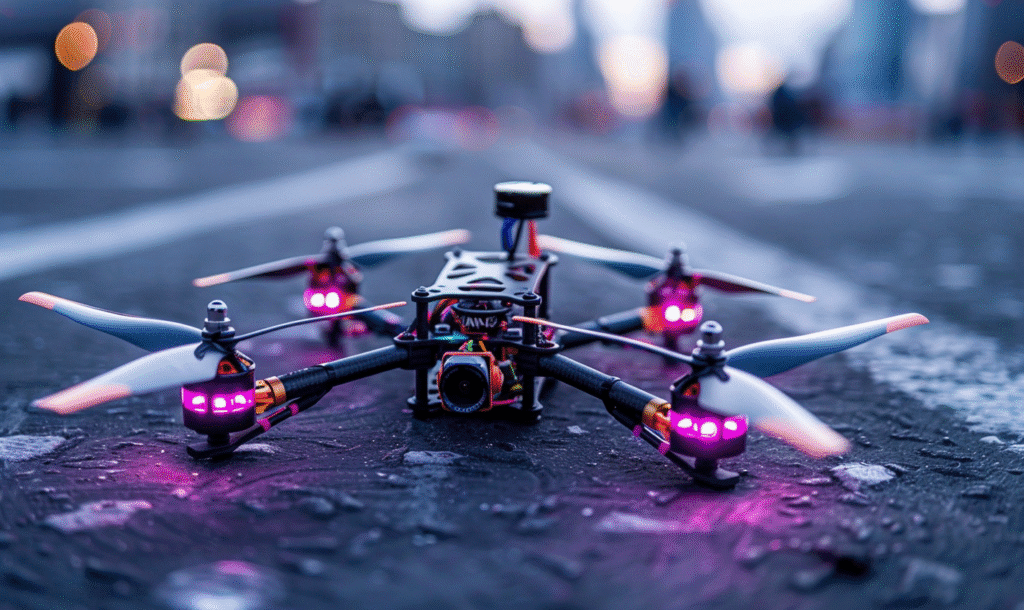
Start by deciding what kind of event you want. Is it for:
- Local hobbyists and drone enthusiasts?
- Families and kids learning about drones?
- Promoting drone careers or schools like Drone Universities?
- A fundraiser or competition with prizes?
Clear goals will guide every other step—from location to promotion.
2. Choose a Safe, Open Location
Drone racing needs space! Look for places with wide-open areas, minimal obstacles, and permission to fly.
Great locations include:
- Parks or open fields
- School or college campuses
- Indoor sports gyms (for micro drone races)
- Empty parking lots or fairgrounds
Important: Always check FAA rules and local regulations. Stay away from airports, crowds, and no-fly zones.
3. Get the Right Permits and Insurance
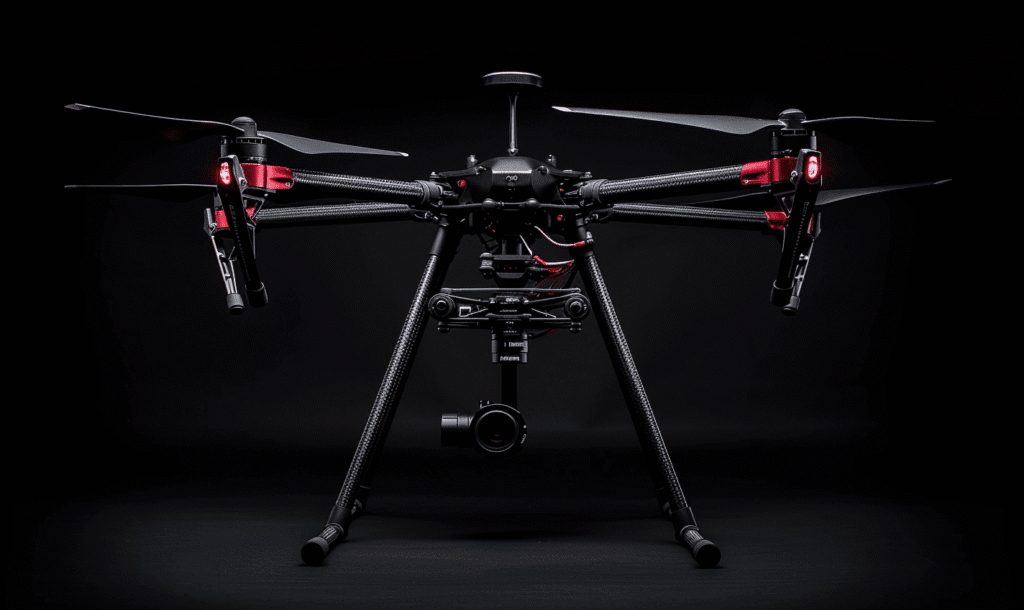
Make your event legal and safe:
- Apply for local event permits (city or county)
- Get permission from the property owner
- Purchase event insurance that covers drone activity
- Require all pilots to show FAA Part 107 or recreational flying clearance
You can also ask local law enforcement or fire departments to attend for extra safety and community support.
4. Design an Exciting Race Course
Build a course that’s fun and challenging, but not too dangerous. Use:
- Safety gates and inflatable arches
- Tunnels made from PVC pipe and pool noodles
- LED lights for indoor or night races
- Markers for turns and checkpoints
Keep it simple for first-time racers. Advanced racers love loops, dives, and tight turns.
5. Recruit Racers and Volunteers
Reach out to:
- Local drone clubs
- Schools or colleges with tech programs
- Social media drone groups
- Drone Universities students and graduates
You’ll also need volunteers to help with:
- Registration
- Safety checks
- Crowd control
- Announcing and timing
- Judging and scoring
Tip: Offer small rewards or free lunch for helpers!
6. Promote the Event in Your Community
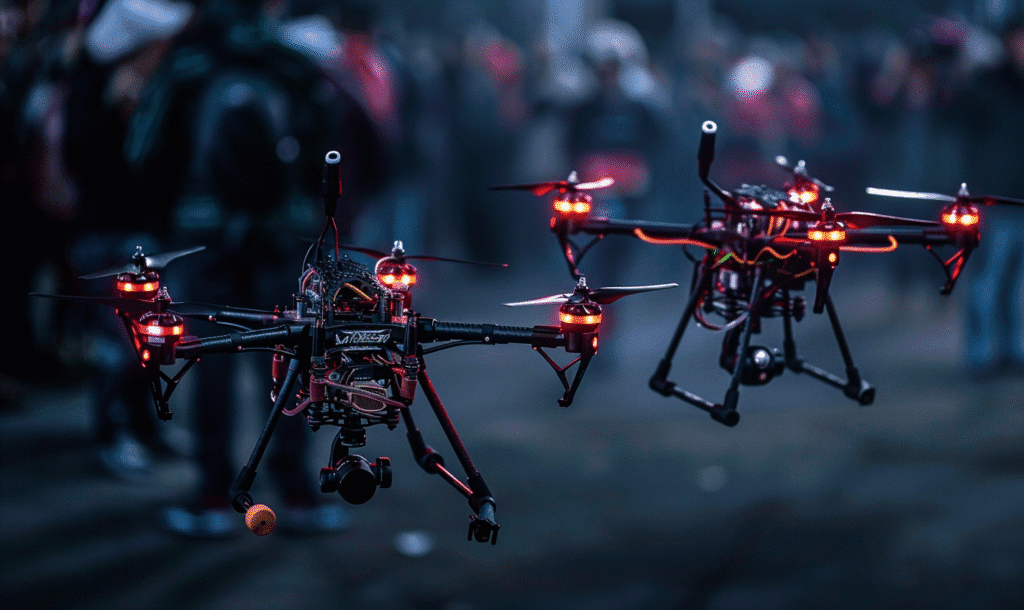
Use flyers, social media, and local websites to spread the word. Include:
- Date, time, and location
- Who can race (ages, skill level)
- Whether it’s free to attend or if tickets are needed
- Sponsor logos (local businesses love supporting events)
You can also invite Drone Universities to attend or sponsor. It’s a great way to promote drone education and careers.
7. Plan for Safety and Rules
Safety is the #1 priority. Every racer should:
- Check their drone before flying
- Wear safety goggles if required
- Follow line-of-sight flying rules
- Fly in their designated race slot only
Set up a pilot staging area, a spectator zone, and an emergency plan just in case.
Provide extra batteries, tools, and charging stations if possible.
8. Offer Prizes, Demos, and Fun Extras
Make your event exciting with:
- Trophies or medals for winners
- “Fastest Lap” or “Best Crash” mini-awards
- Drone flying demos from pros or local instructors
- Food trucks or music
- A booth for Drone Universities to share info about training and careers
The more fun you add, the more your community will want to come back next year.
9. Capture and Share the Highlights
Don’t forget to document the event! Use a drone or camera to record races, crowd reactions, and awards.
Share highlights on social media, your website, or YouTube. Tag sponsors, schools, and participants. This helps build interest for future events—and shows off how cool drone racing can be.
10. Follow Up and Say Thank You
After the event, thank your volunteers, racers, and sponsors. A quick email or social post goes a long way.
You can also send out a short survey to get feedback and ideas for the next race.
Hosting a community drone race isn’t just fun—it’s a way to inspire future pilots, build local partnerships, and show how drones can be used safely and professionally.
Ready to start your drone career? Register now with Drone Universities

